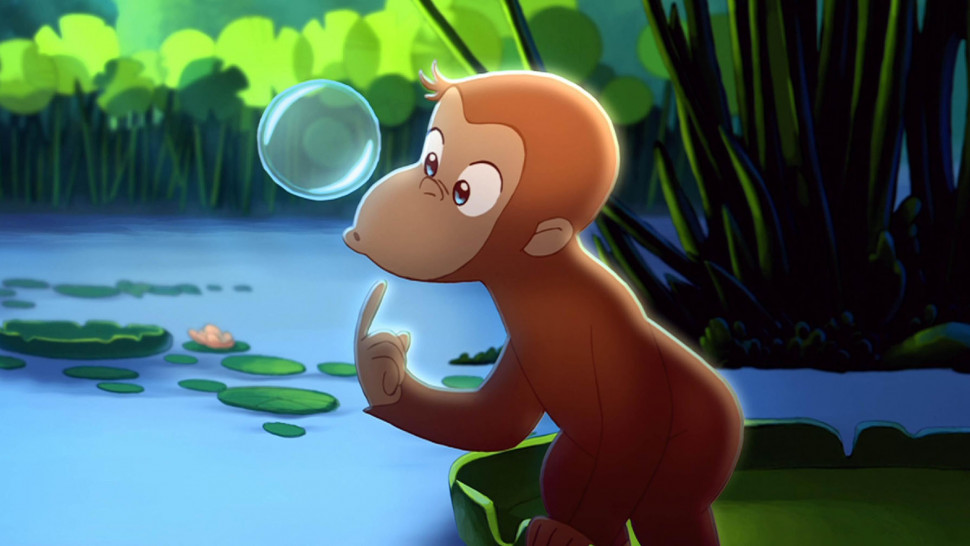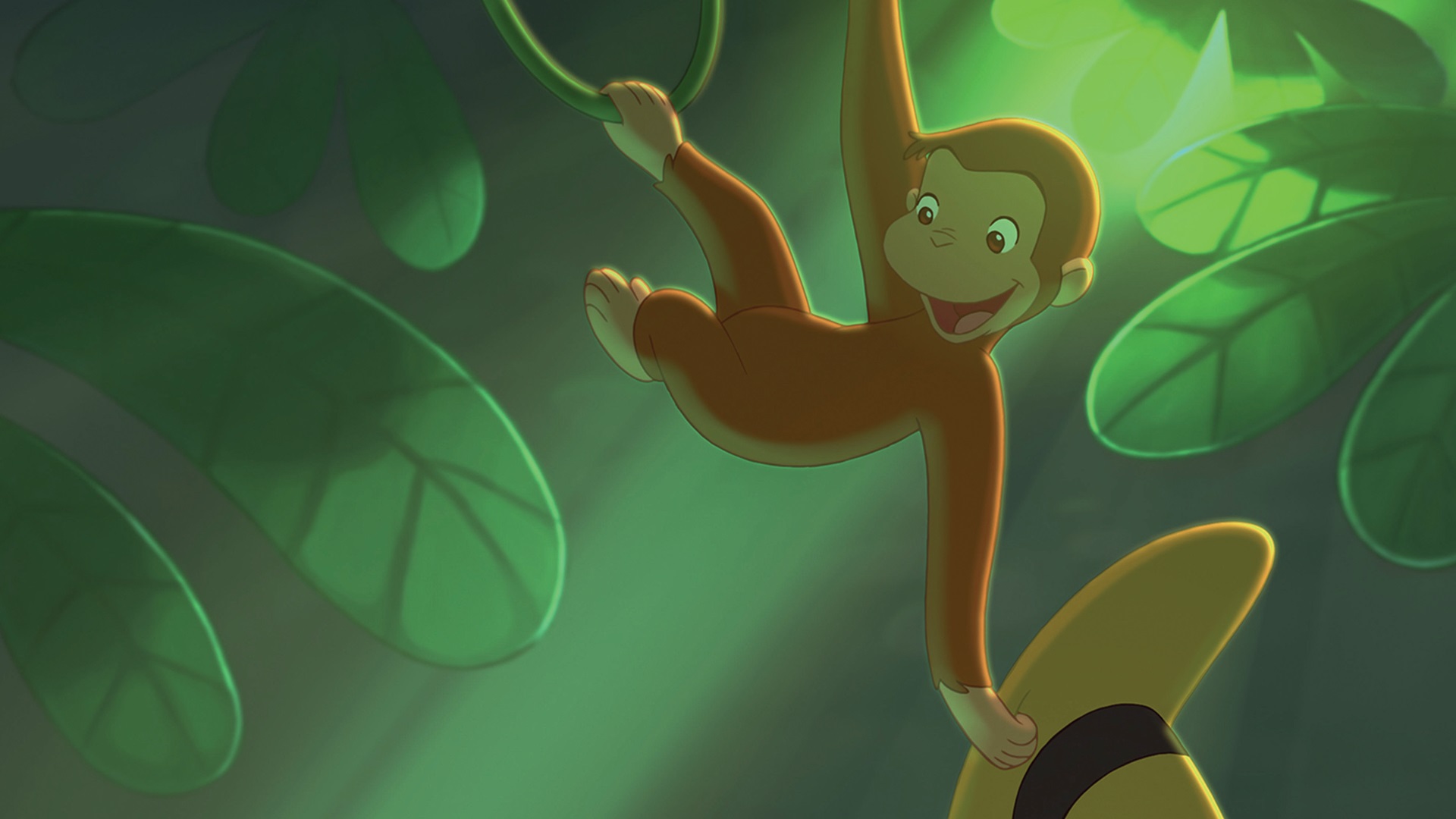Movie News
Why Doesn’t Curious George Have a Tail? Exploring the Mystery Behind the Beloved Character
Curious George, the beloved character from the children’s book series, has been a source of fascination and joy for generations. One of the most frequently asked questions about this inquisitive little monkey is: Why doesn’t Curious George have a tail? Let’s explore the reasons behind this intriguing characteristic with the Alibaytoon Store below.
Origins of Curious George
Curious George, the endearing character who has captured the hearts of children and adults alike, was created by Hans Augusto Rey and Margret Rey. The first book in the series, simply titled “Curious George,” was published in 1941. The Reys, originally from Germany, fled to France and then to the United States during World War II, carrying the manuscript of Curious George with them. The story follows the adventures of George, a curious little monkey, and his friend, the Man with the Yellow Hat.
The inspiration behind Curious George’s creation is as captivating as the stories themselves. Hans and Margret Rey observed the behavior of monkeys during their travels, which sparked the idea of a character who is perpetually curious and playful. However, one notable feature that Curious George lacks is a tail. This has led many fans to wonder why Curious George doesn’t have a tail.

The absence of a tail in Curious George was a conscious decision by the creators. It simplifies the illustrations and makes George more relatable to young readers. Moreover, without a tail, George resembles an ape more than a monkey. Apes, such as chimpanzees, gorillas, and orangutans, do not have tails and are known for their intelligence and curiosity, traits that align perfectly with George’s character. This decision helps bridge the gap between animal and human behaviors, making George’s antics more engaging and understandable for children.

In summary, the origins of Curious George are rooted in the creative observations and experiences of Hans and Margret Rey. The choice to depict George without a tail was intentional, enhancing both the practical aspects of illustration and the symbolic connection between George and his readers. Understanding this background provides a deeper appreciation of why Curious George doesn’t have a tail, adding another layer of enjoyment to these timeless tales. The question of why Curious George doesn’t have a tail thus becomes a fascinating aspect of his character’s charm and appeal.
Why Doesn’t Curious George Have a Tail?
To understand why Curious George doesn’t have a tail, it’s important to distinguish between monkeys and apes. Monkeys generally have tails, while apes do not. George’s appearance without a tail suggests he might be an ape rather than a monkey. Apes, which include chimpanzees, gorillas, and orangutans, are known for their intelligence and curiosity, much like George.

Artistic and Practical Considerations
The decision to depict George without a tail may have been influenced by artistic and practical reasons. Drawing a character without a tail simplifies the animation and illustrations, making it easier for creators to depict his movements and actions. Additionally, a tailless George could engage more effectively with human-like activities, such as using tools and interacting with objects, enhancing the storytelling.

Symbolic Representation
George’s lack of a tail can also be viewed symbolically. Without a tail, he appears more anthropomorphic, bridging the gap between animals and humans. This anthropomorphism makes George relatable to children, who see him not just as an animal, but as a character with human-like curiosity and emotions.
In conclusion, the absence of a tail in Curious George is a deliberate choice that serves multiple purposes. It aligns with the characteristics of apes, simplifies the artistic process, and enhances George’s relatability to young readers. The next time you enjoy a Curious George story, you can appreciate the thought and creativity behind this iconic character’s unique design. Understanding why Curious George doesn’t have a tail adds another layer of appreciation for this beloved character.
